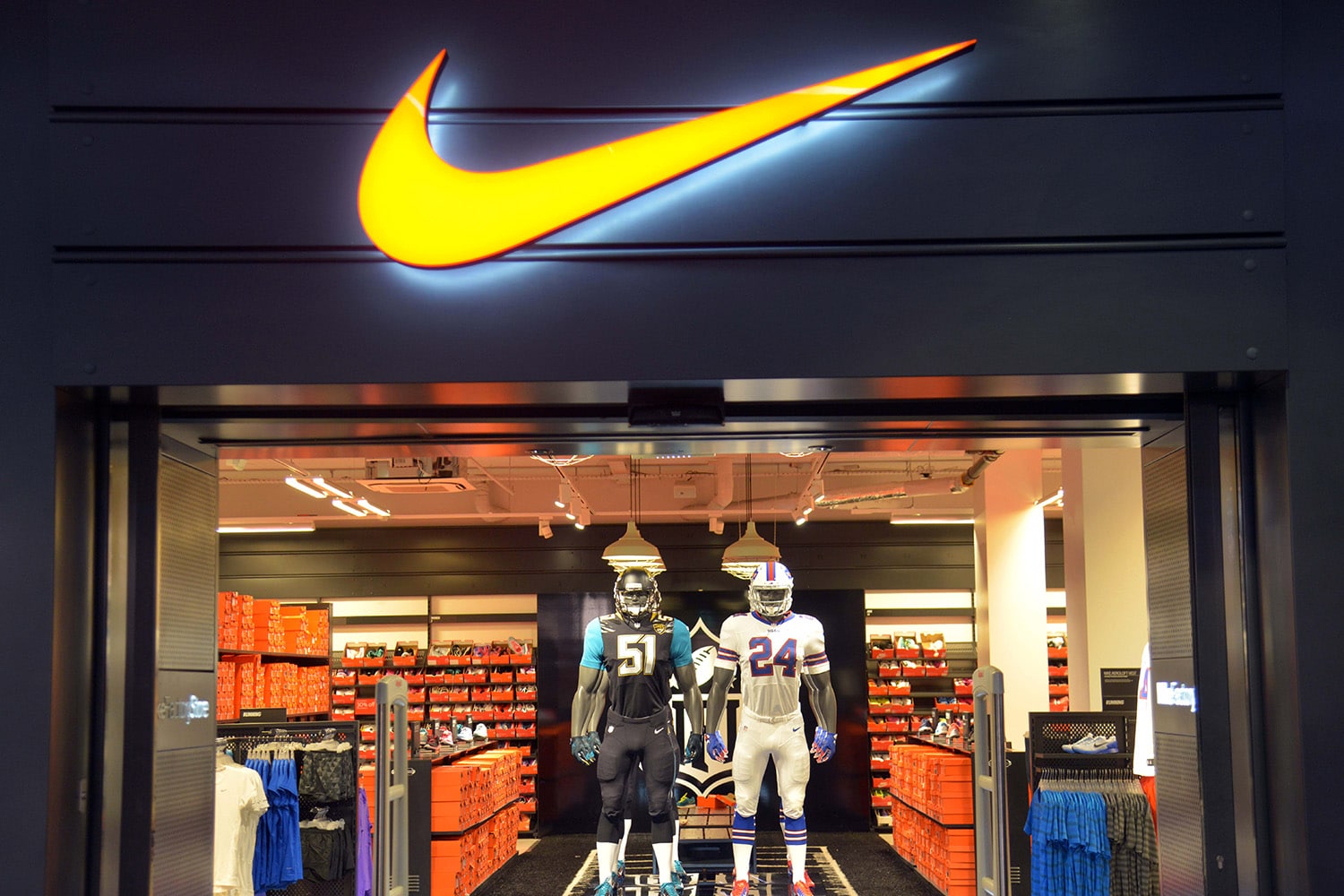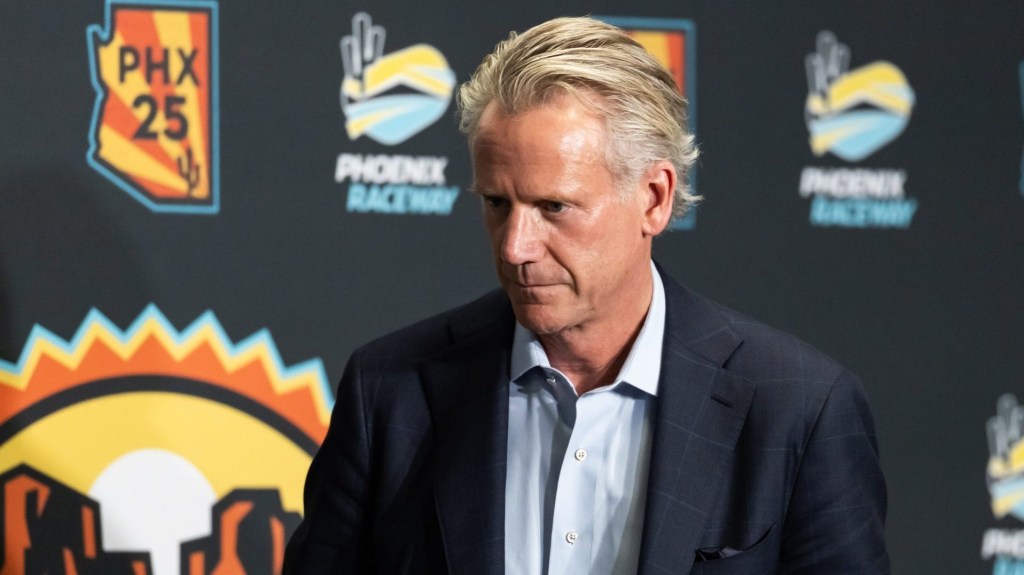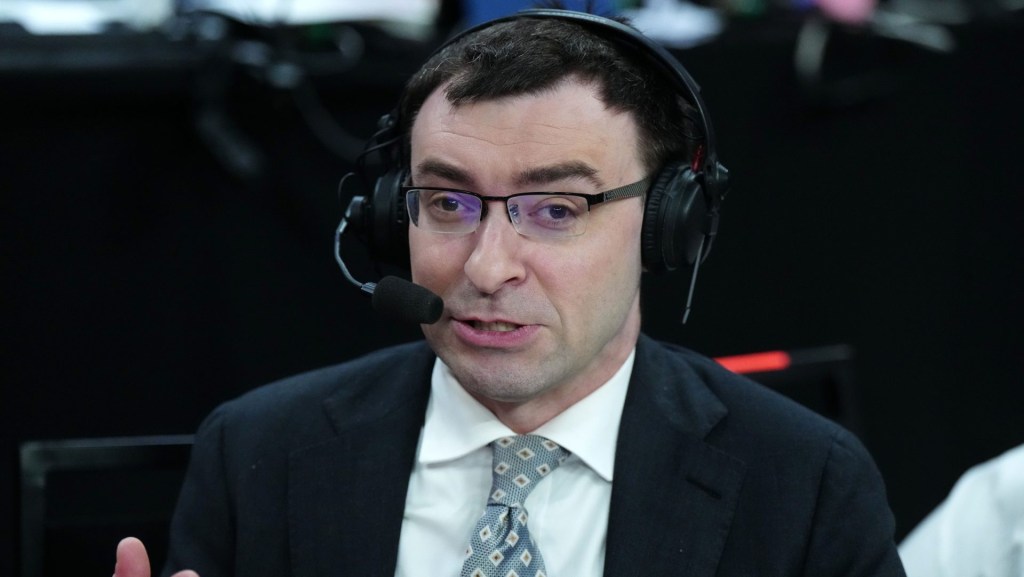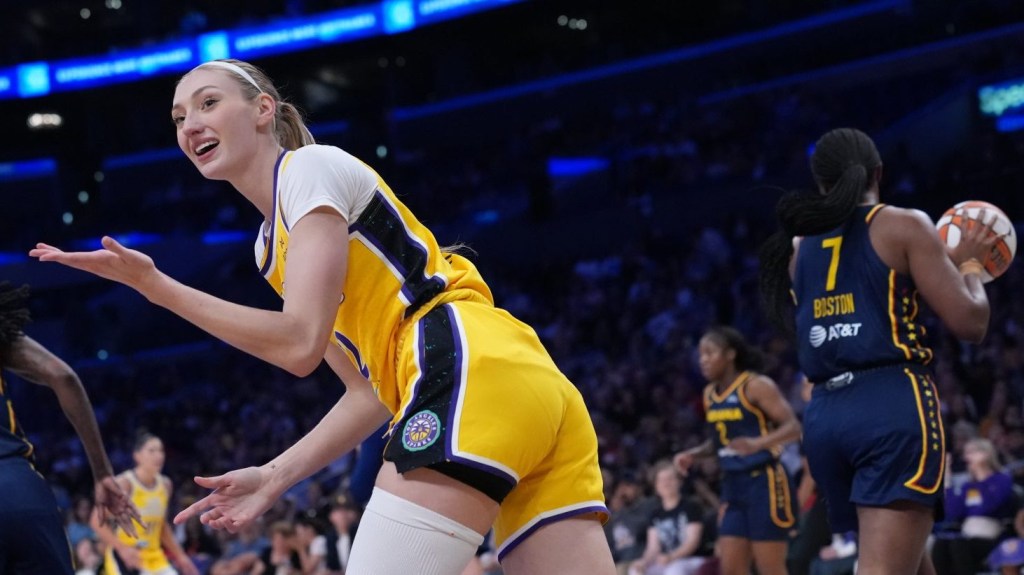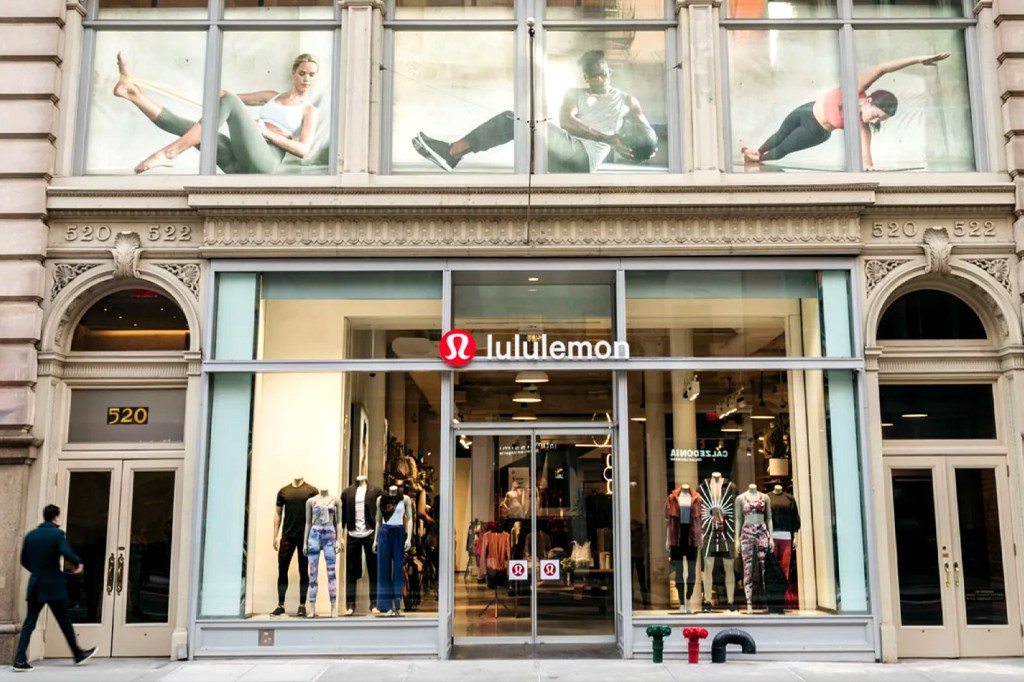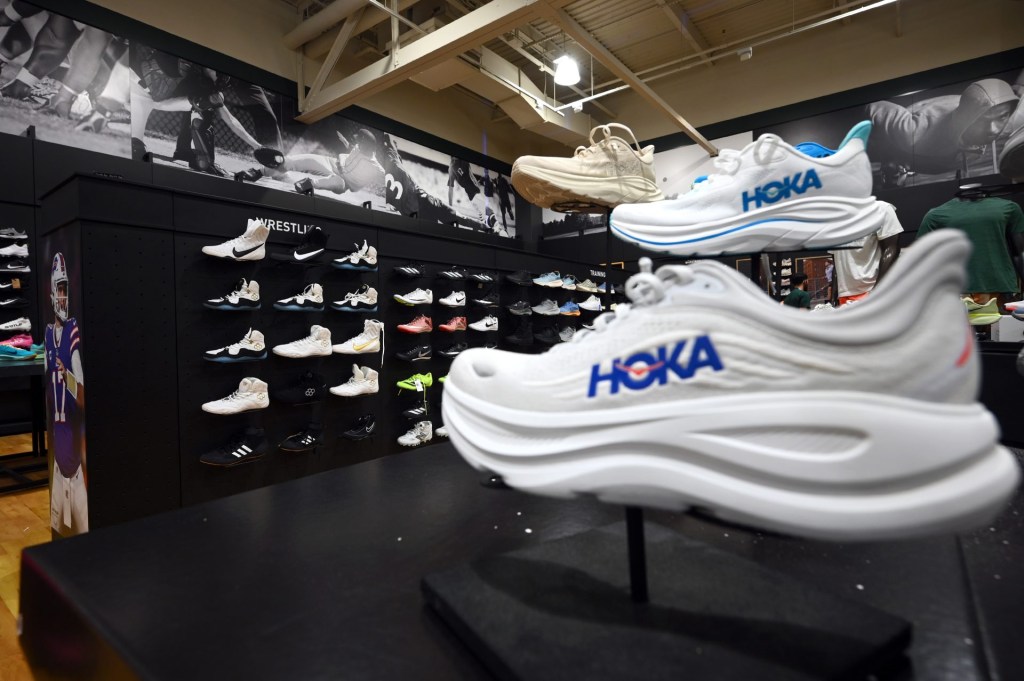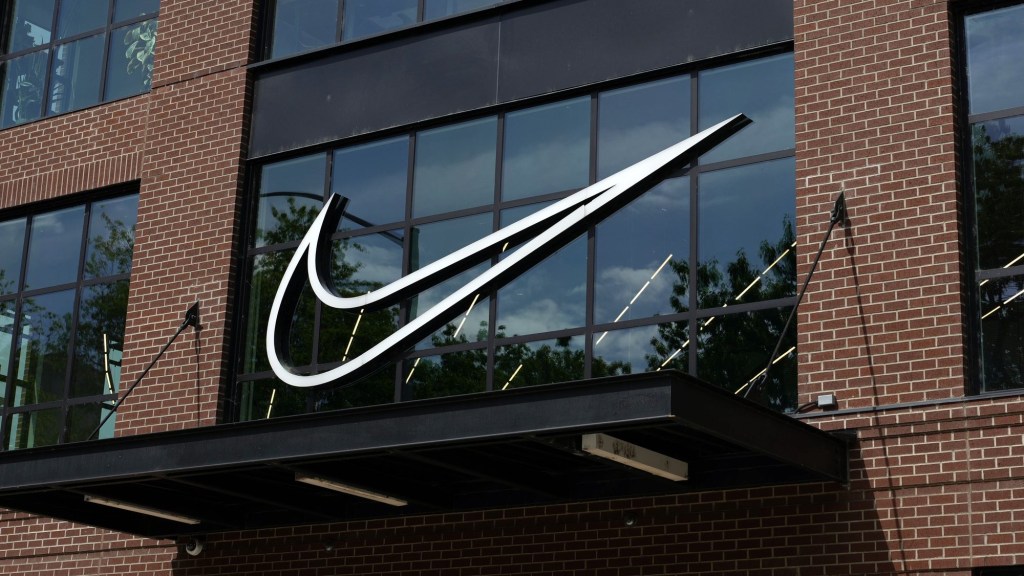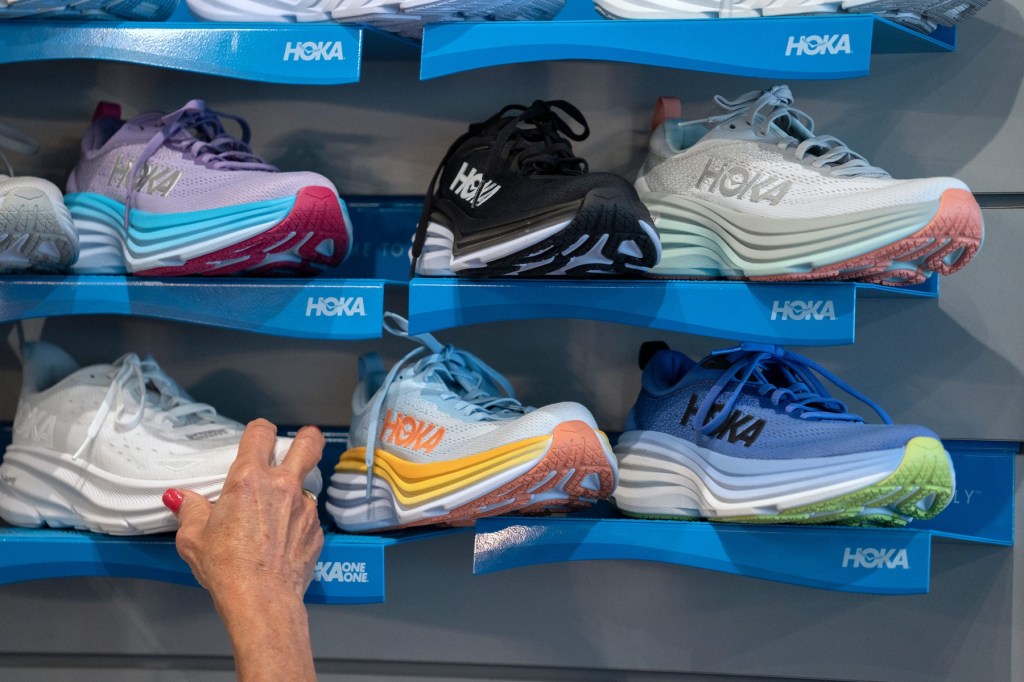Nike is, by any measurement, facing a grave emergency.
The sportswear giant is struggling financially, with weak earnings and a plunging stock price. It is struggling culturally, taking a battering in the media for its “stale” products and missing out on the running boom.
In February, Nike announced mass layoffs, amounting to cuts of more than a thousand jobs. In April, it said that more than 700 of those jobs were coming at its Beaverton, Ore., headquarters.
Recent filings in the state of Oregon show who bore the brunt of that wave of layoffs: executives.
The Oregonian recently reported that state documents show that 40% of the people cut in the most recent layoff were vice presidents, directors, or senior directors. Out of 700 jobs cut, 318 were at one of those levels. Another two dozen were assistants supporting those jobs.
The job cuts have not satisfied Wall Street or the press. After the company announced poor quarterly earnings in June, one analyst wrote that there will be “no quick rebound” and the company is headed for a “multiyear reset.” Another wrote, “The Nike talent today does not, in our view, hold a candle to the talent at Nike 7 years ago.” The stock dip last month was its worst day on the market in more than 40 years.
Stifel analyst Jim Duffy took it the furthest, blasting the company’s strategy under CEO John Donahoe and writing that Donahoe’s days could be numbered. “Management credibility is severely challenged and potential for C-level regime change adds further uncertainty,” Duffy wrote after June’s disastrous earnings call. There was enough heat on Donahoe that Phil Knight, the company’s legendary founder and largest shareholder, felt compelled to say that Donahoe had his “unwavering confidence and full support.”
The embattled Donahoe will now be doing his job with hundreds fewer executives supporting him.
